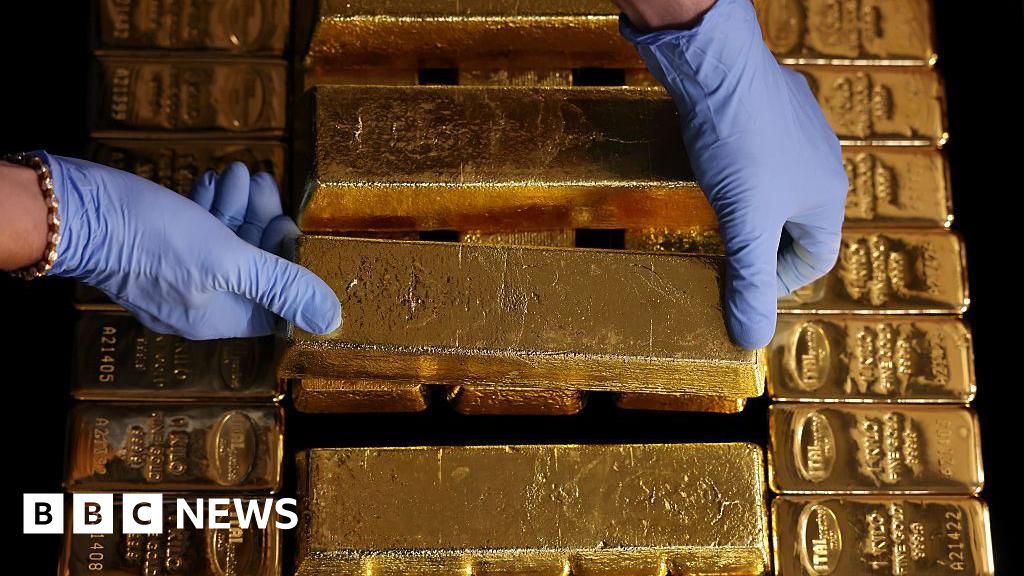US Stocks Hover Near Record Highs as Gold Prices Retreat
US Stocks Hover Near Record Highs
Wall Street stocks remain close to their all-time highs, with the S&P 500 slipping just 0.1% but still sitting near the peak set earlier this month. This steady performance reflects investor confidence despite minor fluctuations, as large-cap stocks and tech sectors continue to show resilience in a cautiously optimistic market environment.
Gold Prices Retreat After Strong Gains
Meanwhile, gold prices have fallen again, trimming some of the substantial gains seen throughout the year. After a period of impressive growth driven by economic uncertainty, the precious metal is facing downward pressure as investors shift focus back to equities and bond markets, influenced by recent Federal Reserve rate adjustments and improving economic data.
Market Dynamics and Outlook
The interplay between stocks and gold highlights evolving investor strategies amid fluctuating economic signals. While equities benefit from easing inflation concerns and stable consumer spending, gold's retreat suggests reduced demand for traditional safe havens. Market watchers anticipate continued volatility but overall steadiness as key sectors adapt to changing conditions.
About the Organizations Mentioned
Federal Reserve
## Overview and Mission The Federal Reserve, often called the "Fed," is the central bank of the United States, established by Congress in 1913 to provide the nation with a safer, more flexible, and stable monetary and financial system[1]. Its mission centers on a dual mandate from Congress: to promote maximum employment and maintain price stability, ensuring the dollar retains its value over time[1]. The Fed operates through a unique hybrid structure, combining a national Board of Governors in Washington, D.C., with 12 independent regional Reserve Banks, including institutions like the Cleveland Fed[1]. This decentralized setup allows the Fed to closely monitor economic conditions across diverse regions, industries, and communities, while maintaining independence from short-term political influences[1]. ## Key Functions The Fed’s responsibilities are broad and vital to the U.S. economy. It conducts monetary policy—primarily by influencing interest rates—to achieve its employment and inflation goals[2]. The Fed also supervises and regulates banks to ensure the safety and soundness of the financial system, works to minimize systemic risks, and fosters efficient payment and settlement systems[2]. Additionally, it promotes consumer protection and community development, addressing emerging issues through research, supervision, and enforcement of consumer laws[2]. ## History and Evolution The Federal Reserve is the third central bank in U.S. history, following two failed attempts in the 19th century[1]. Its creation was a response to the financial turbulence of the early 20th century, aiming to prevent crises and stabilize the economy. Over time, the Fed has evolved, adopting more transparent and inclusive policymaking processes. For example, it now conducts regular reviews of its monetary policy framework, engaging with academics, businesses, and the public to refine its strategies and communications[3][5]. ## Recent Developments and Achievements In 2025, the Fed completed its second major review of its monetary policy strategy, tools, and communications, reaffirming its commitment to transparenc








